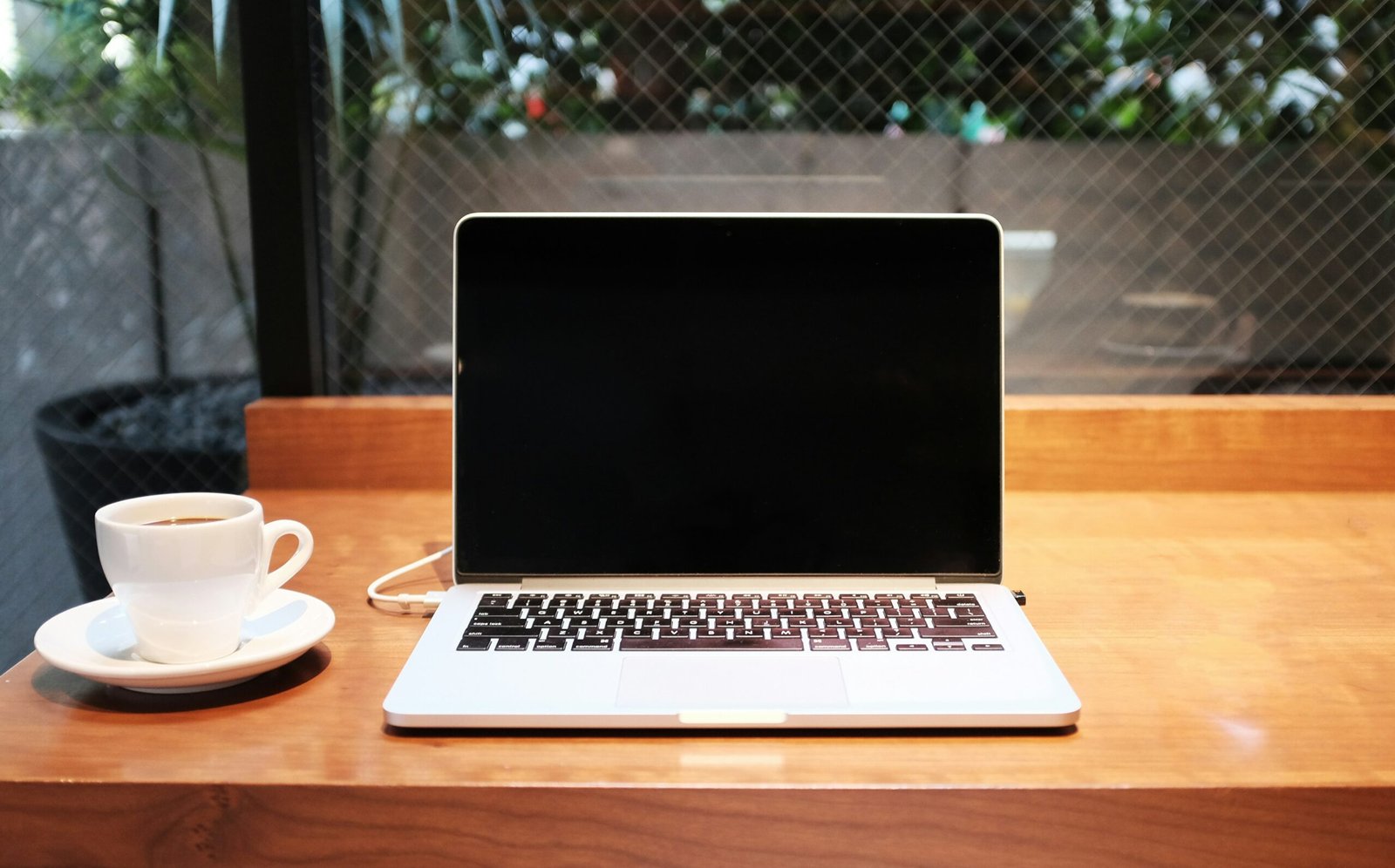Troubleshooting Common Laptop Charging Issues

Identifying the Root Cause of Charging Problems
When a laptop fails to charge properly, pinpointing the exact issue can be challenging due to the multitude of potential causes. One of the most common culprits is a faulty power adapter. Over time, power adapters can wear down, leading to inconsistent charging or complete failure. It’s advisable to inspect the adapter for visible damage such as frayed cords or bent connectors. Testing the adapter with a different device, if possible, can help determine if the adapter is at fault.
Another frequent issue lies in the charging port of the laptop. A damaged or loose charging port can prevent a stable connection between the power adapter and the laptop. Carefully inspect the port for any debris or damage, and ensure the power connector fits snugly. If the port appears damaged, professional repair may be necessary.
Battery-related problems can also hinder proper charging. Laptop batteries degrade over time, losing their ability to hold a charge. If your laptop’s battery is old or has been subjected to extreme temperatures, it may be time for a replacement. Most laptops have built-in diagnostics tools that can provide information about the health of the battery.
Software-related issues should not be overlooked. Outdated drivers, particularly those related to power management, can interfere with charging. Ensure that all drivers are up to date by visiting the laptop manufacturer’s website or using built-in update utilities. Additionally, incorrect power management settings can lead to charging problems. Access the power management settings through the control panel or system preferences to ensure they are correctly configured.
By systematically examining each of these potential causes—power adapter issues, charging port damage, battery health, and software configurations—users can better diagnose their laptop charging problems and take appropriate corrective actions.
Effective Solutions for Resolving Charging Issues
Encountering laptop charging issues can be frustrating and disruptive, but several effective solutions can restore your device’s functionality. To begin troubleshooting, it’s crucial to examine the power adapter. Check if the adapter is properly plugged into both the laptop and the power outlet. If the adapter shows signs of wear, such as frayed wires or a damaged plug, consider replacing it with a compatible model.
Next, inspect the charging port on your laptop. Dust, debris, and loose connections can impede charging. Use a can of compressed air to gently clean the port and ensure there is no obstruction. For a more thorough cleaning, a soft brush can help remove any stubborn particles. After cleaning, reinsert the power adapter to see if it resolves the issue.
Testing the battery’s health is another critical step. Many laptops have built-in diagnostic tools that can assess battery performance. Access these tools through your laptop’s settings or BIOS menu to check for any anomalies. If the battery is found to be faulty, replacing it might be necessary to restore optimal charging.
Software-related issues can also affect charging. Ensure your laptop’s drivers are up to date, particularly the power management and battery drivers. These can often be updated through your operating system’s update utility or the laptop manufacturer’s website. Additionally, adjusting power management settings can enhance charging efficiency. Navigate to the Control Panel or Settings menu, and customize the power plan to balance performance and battery usage.
By following these steps, you can address and resolve common laptop charging issues. Regular maintenance, such as keeping the charging port clean and updating drivers, can prevent future problems and prolong your laptop’s lifespan.



